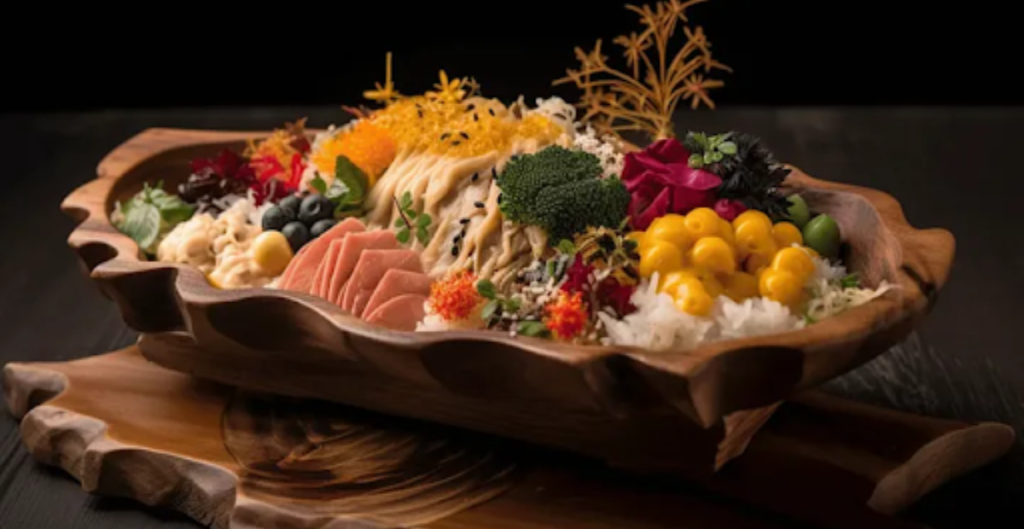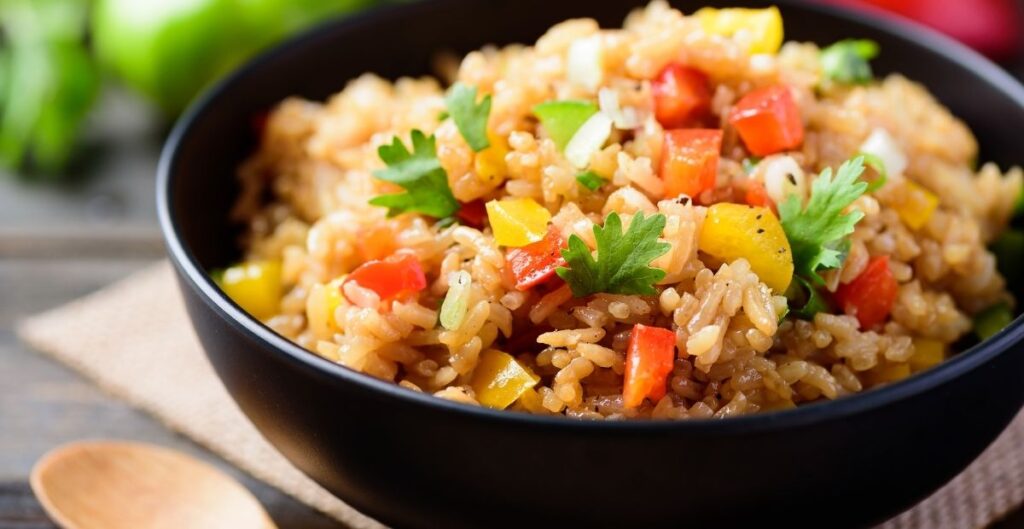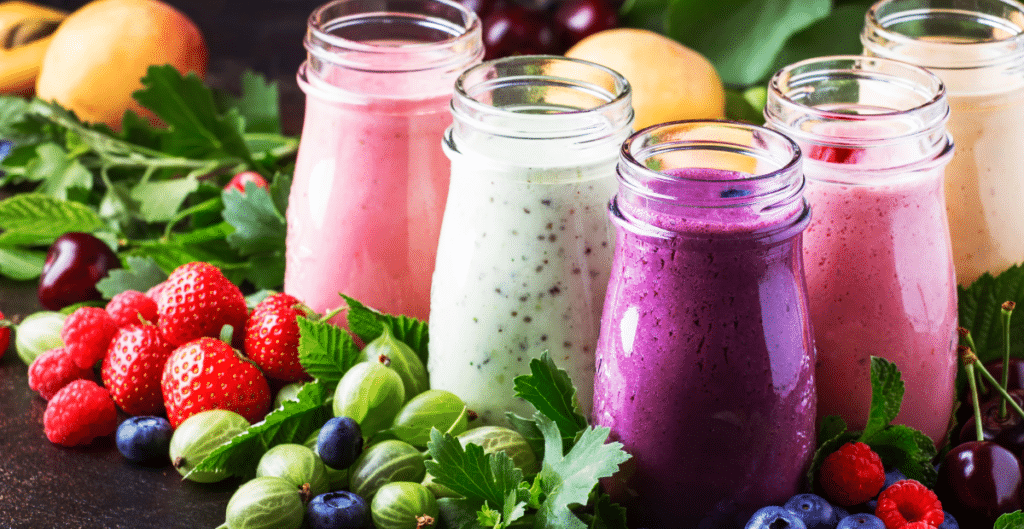Samurai Diet: The Traditional Japanese Diet
The legendary samurai warriors of Japan were famous, not only for the ability to fight, but also for extraordinary physical strength, discipline, and endurance. The right nutrition has always been one of the key factors in the life of these ancient warriors as it gave them the power required to train, combat and stay in the best shape possible. The Japanese samurai diet is mainly characterized by foods that are well balanced in terms of amounts eaten and capacity to provide energy and fitness. Principles inherent in the samurai diet today would assist in adopting an appropriate level of fitness and mental wellness into one’s lifestyle.
What Is the Samurai Diet?
The roots of the samurai diet can be traced back to traditional Japanese cuisine that is predominantly based on whole rice, vegetables, fish, fermented foods, with small quantities of processed foods and sugars. Samurai warriors were raising dining on simple and well-balanced meals that were appropriate for their active life. Such a diet provided a steady supply of energy, helped maintain proper body mass, and fostered overall health. The samurai way of eating is not about partitioning food groups or slashing calories like most contemporary diets, it is preserving the energy balance of the body and appreciating quality food made from multiple ingredients.
Core Principles of the Samurai Diet
The samurai diet is guided by several key principles that prioritize both physical health and mental discipline. Let’s explore these principles:
Balancing the Nutritional Matrix
The plate of a Samurai diet showcases balance. From carbs to proteins, the samurai ate all essential nutrients which leads one to think what the diet must have looked like. Consistent consumption of rice as a staple carbohydrate, vegetables incorporated in their meals for vitamins and minerals, fish for healthy protein and omega-3 fatty acids, and fermented foods for enhancement of gut activities helped their diets.
Control & Regulation of Portions
Samurai warriors contained their portion sizes, eating only sufficient foods necessary to fuel their body. The notion of eating in moderation runs deep such that it helps avert the risk of overeating and the body suffering overweight disgrace issues especially in the modern world.
The Plant-based aspect
Almost all samurai didn’t consume many animal sources aside from newly caught fish. Most of their other sources were plant based proteins such as soy or vegetables which were then coated in nori seaweed. All these other components made it possible to have a low cholesterol and fat based diet while also providing enough iron and protein.
Sources of fermented foods to enhance gut flora and digestion processes
Fermented foods like miso and pickled vegetables, and natto (fermented soybeans) are exposed in samurai dishes. Gut bacteria support comes from these food chains rich in probiotics promoting a healthy microbiome that nourishes gut activities, digestion and boosts immunity.
Mindful Eating Etiquette
Eating was more than just about food for the Samurai. Surely, they practiced eating as a form of meditation as several forms of Buddhism lived within them.
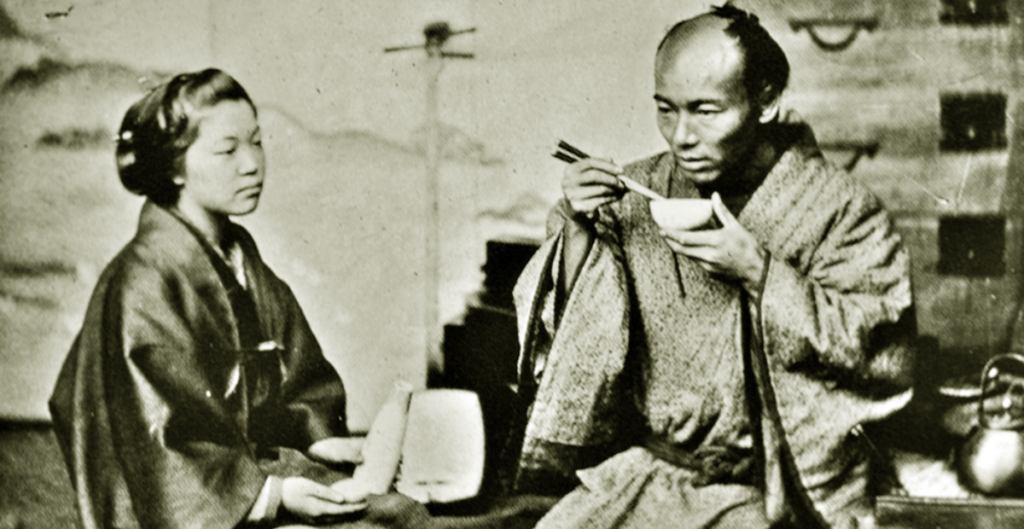
Key Foods in the Samurai Diet
High-quality unrefined foods rich in nutrients are components of the samurai diet. Here are some of the core foods that make up the samurai diet:
Rice
Rice has been part of the samurai way of living, such as in this case the samurai low fat and high energy containing brown rice. Complex carbohydrates sustained the samurai. There are also very health benefits in brown rice such as vitamins, which are not as present in white rice.
Fish and Seafood
Fish like salmon, mackerel and sardines were a great source of protein, omega-3 fatty acids, and other important minerals that samurai relied on. Fish is a vital protein source in the life of a samurai, considering Japan is surrounded by sea, thus having plenty of fresh fish. Omega 3 is always important for heart health, brain function and helps relieve inflammation which is very good for people who are active.
Vegetables
Consumed by the samurai were important for vitamin, minerals and antioxidant contents. Japanese cuisine has a lot of leafy greens, root vegetables, seaweeds, and mushrooms. Instead of boiling such vegetables which can dissipate so much of its nutrients, the samurai would most of the time consume it raw, or hardly steam such vegetables.
Soy and Tofu Products
Essentially plant-based foods such as tofu, miso, and soy products brought up the protein intake greatly most especially for the samurais whose diet did not include sufficient meat. Soy products are extremely useful, as they contain a few properties essential in the recovery of muscles and energy provision.
Other Fermented Products
Pickled vegetables, miso soup and natto were all commonly consumed samurai foods. Such bacteria are important in improving digestion, enhancing the immune system and establishing a healthy gut microflora. Fermented foods create extra taste to the food and diversity to the diet, enhancing the overall satisfaction of the meals.
Green Tea
Another notable drink that is almost always present in any samurai’s diet is green tea, usually for its antioxidant and caffeine content. It is also a source of catechins, which manage to provide a variety of anti-inflammatory and fat burning attributes as well. Also, green tea aids in honing concentration skills, which are relevant to samurais.
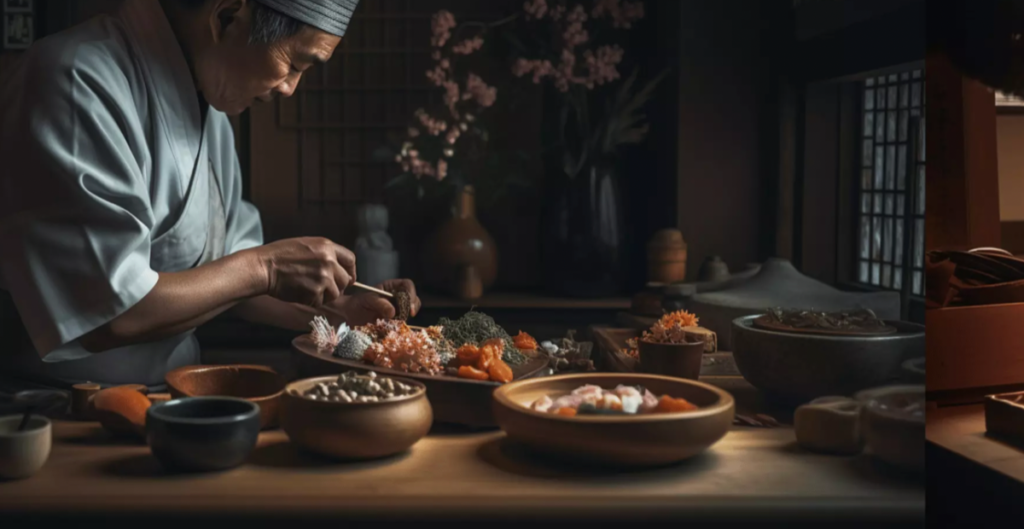
Benefits of the Samurai Diet
The samurai diet has many health benefits that allow the body to be well-balanced and well-built. Some of the most noticeable are as follows:
Long Lasting Stamina and Strength
Rice and vegetables are great sources of complex carbs. Such carbohydrates like simple carbs give the body more than enough energy, without “highs” and “lows” in blood sugar, which allows for greater physical endurance as well as good concentration which is important for mental energy.
Endurance and Recovery of Muscles
Fish and tofu coupled with other sources of protein consumed in the samurai diet gives the body muscle amino acids that encourage muscle development through creation and repair. Proteins are elements crucial for the repair of muscles and muscle strength which in the case of the samurai warriors were very important in enabling them to maintain fitness and agility.
Optimal digestive system
The concept of came in Samurai includes food that has undergone fermentation of the gut flora, this is critical in digestion, the immune system and mood regulation. Fermented foods like miso, natto, pickled vegetables or liquid diets contain good bacteria that are highly needed in the gut and assist in the gut’s health as well as the absorption of nutrients.
Antioxidant Protection
The samurai diet is rich in antioxidants thanks to its focus on vegetables, green tea and fish. Antioxidants help neutralize free radicals that damage cells and contribute to aging and chronic disease. Diets high in antioxidants are beneficial as they protect against heart diseases, cancer, and inflammation.
Longevity with Reduced Disease Risk
Research on traditional Japanese cuisines similar to the samurai diet indicates that such diets are pro-longevity and lower the risk of chronic diseases. High consumption of whole foods, low consumption of processed ones, and portion control leads to a long and healthy life as observed with the longest life expectancy rates in Japan.
Potential Challenges of the Samurai Diet
The samurai diet seems to have a lot of merits but there are a few factors one might have to deal with, especially if one is not accustomed to the Japanese way of eating.
Availability of Certain Foods
Fans of Japanese food often have trouble locating staples like miso, natto, or particular kinds of seaweed in areas further away from the country. However, plenty of those items are stocked in Asian food marts or with the use of the internet. When sourcing these items is difficult, using locally available vegetables and proteins in place of the prescribed ones is a good option.
Difficulty of Shifting to Different Land and Sea Foods
Certain people might find the fermented foods such as natto and pickled vegetables to be too pungent or have textures that are hard for them to handle. For those who are unfamiliar with fermented foods, moderate amounts of miso can be used to start slowly and then increase amounts of miso as the taste becomes more normal.
Effort and Time in Cooking the Meals
The samurai diet, like many other orthodox diets, promotes consumption of whole foods which typically translates into the need of slaving away in the kitchen grinding raw ingredients into a meal from scratch instead of simply taking a pre-packaged or processed meal. It is a hassle to first cook rice, second to steam the vegetables and third make the miso soup at home but then again the health benefits and the quality of nutrients justify the trouble.
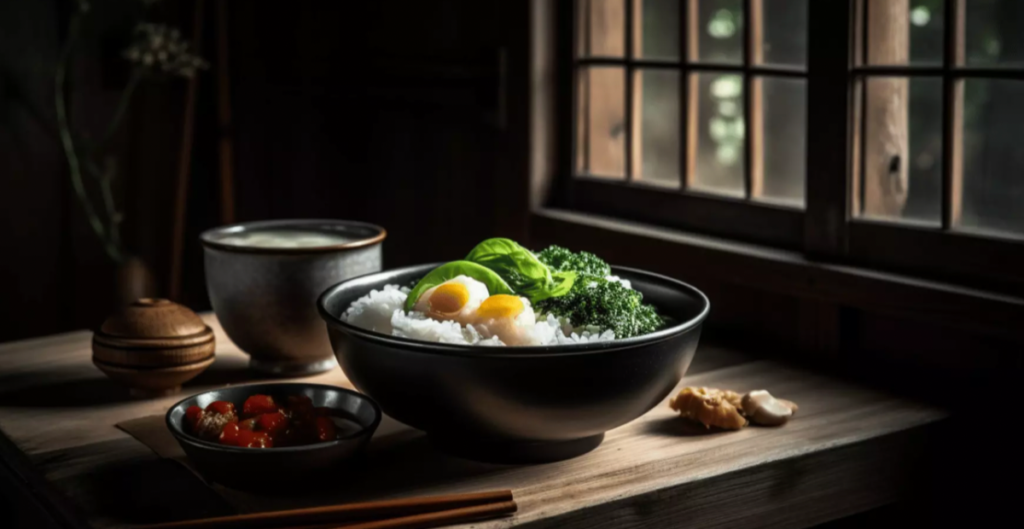
How to Implement the Samurai Diet in Modern Life
Contemporary lifestyle incorporates the samurai diet with minimal upheavals; it is mostly a change towards better meals. There are a few strategies that will help you embrace the samurai diet principles:
Make Whole Foods the Center of Your Diet
Minimally processed foods should be the focal point of your diet (like 7 day rice diet or smoothie diet). Each meal should have a serving of rice or other whole grains, a decent amount of vegetables, and some protein. Although making recipes ourselves seems time-consuming, it gives us the power to decide the components used in the meals and ensure full nutrition.
Use Fish and Soy Products as Part of Your Daily Diet 3-4 Times a Week
Incorporate fish like salmon or mackerel in your weekly dishes and get the protein as well as the good fats. If you don’t entirely avoid other meats, add soy products like tofu and miso to your dishes for vegetable protein and flavor.
Be More Mindful While Eating
Be a samurai while having your meal, and bite into it with all the time in the world. It has also been proven that if a person eats slowly, it is not only a healthy practice but also emphasizes better portion control during meals which is good for one’s health overall.
Include Fermented Foods into the Diet
Always make sure to include fermented foods to your diet like misos, pickled vegetables, or even yogurt as this is vital to support healthy gut bacteria. However, if you are new to fermented food, begin with small portions and increase them accordingly for your tastes.
Replace Your Coffee with Green Tea
If sweet or caffeine-rich drinks aren’t your cup of tea, green tea is a great healthy alternative with terrific antioxidant effects. Unlike coffee or sugar-laden drinks, green tea can help deliver a natural source of energy without the undesirable crash.
Conclusion
The samurai diet is not merely an eating pattern but a complete way of existence which stresses balance, discipline, and an appreciation towards the body. Such a balanced way of living in accordance with the samurai diet principles will strengthen, increase endurance and improve quality of life for individuals, appealing to traditions of the ancient Japanese culture. Whether you’re looking to enhance your physical condition, sharpen your mind, or live a more integrated existence, the samurai diet has suggestions that will enable you to achieve strength and survivability.

